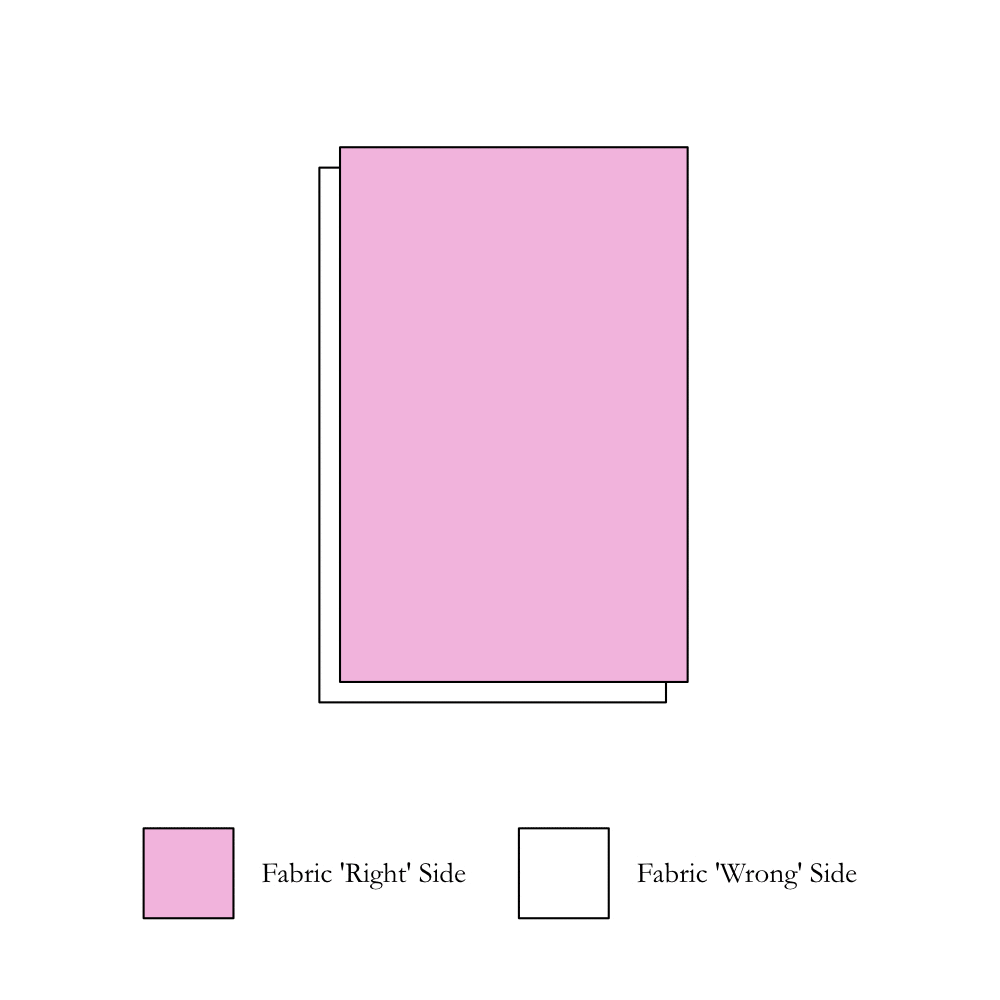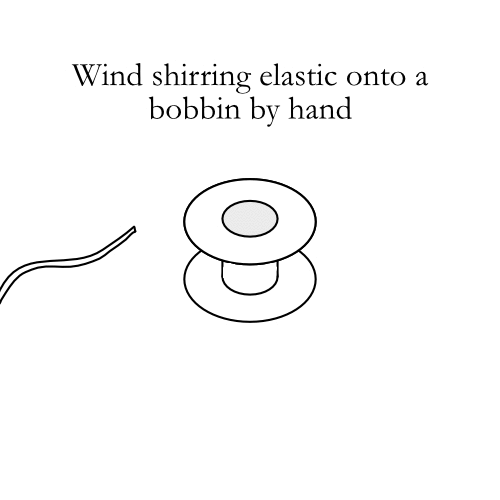


The Shirred Top
The shirred top is one of the best examples of how to create clothing without sizes. Shirring has been used in many forms for centuries within clothing, as they allow clothes to last longer as we grow and our bodies change. It is most commonly used around the bust or on childrenswear. By creating an entire shirred top, I am allowing the piece to hug the body entirely, whatever the shape. This piece celebrates the contours of the wearers body.
By using organza, the sheer element allows the wearers skin to become part of the colour palette. However, by using 3-4 layers of fabric, the colour is more muted and plays on shade variation of the skin.

This particular top is based around a basic bodice pattern. Very simple, easy to create or adapt from existing patterns. As the entire piece will be elasticated, you can eliminate or ignore any darts within your bodice pattern. I chose to add a slightly higher neckline and make the armholes slightly deeper to accommodate for the larger sizes. Toiling was not an important step here, as the pattern was a very basic shape. However, sampling the shirring technique was key to ensure I have graded to a big enough size to allow for the amount of shrinkage the elastic will create. Once you have calculated and allowed for stretch, construction can begin. Please see the animation above for tips on how to create pieces like this.








Organza is a slippery fabric to work with, so you may want to lay down a few sheets of pattern paper and pin your fabric to that to keep it steady as you cut. Alternatively, you can use a rotary cutter and mat to cut your pieces.


When working in lightweight fabrics, a high-end finish is to use a French Seam. This keeps all raw edges neatly tucked in and keeps the seam strong without adding the extra bulk of overlocking. Allow this in your seam allowance on your pattern, the standard is a 2cm seam allowance for French Seams. It is easier to trim off more excess than struggle with small tolerances, especially when working with these lightweight fabrics.
Shirring is a technique that sews elastic into the underside of the fabric, allowing it to stretch horizontally. You simply replace the bottom bobbin of your machine with the shirring elastic instead of normal thread, and sew as usual. This means one garment can fit multiple sizes and body shapes. By shirring the entire top, the piece moulds to the contours of the body, but also adds an interesting texture that reminds me of scarring or the texture of stretchmarks on our skin.

Shirring is best done after the garment is sewn up as it allows you to gauge where the lines should be placed, the closer together they are, the more extreme the effect. I sewed my elastic in lines 1cm apart. I left the hems of the multiple layers of organza raw to continue the delicate deconstructive element many of the pieces carry throughout the collection.


